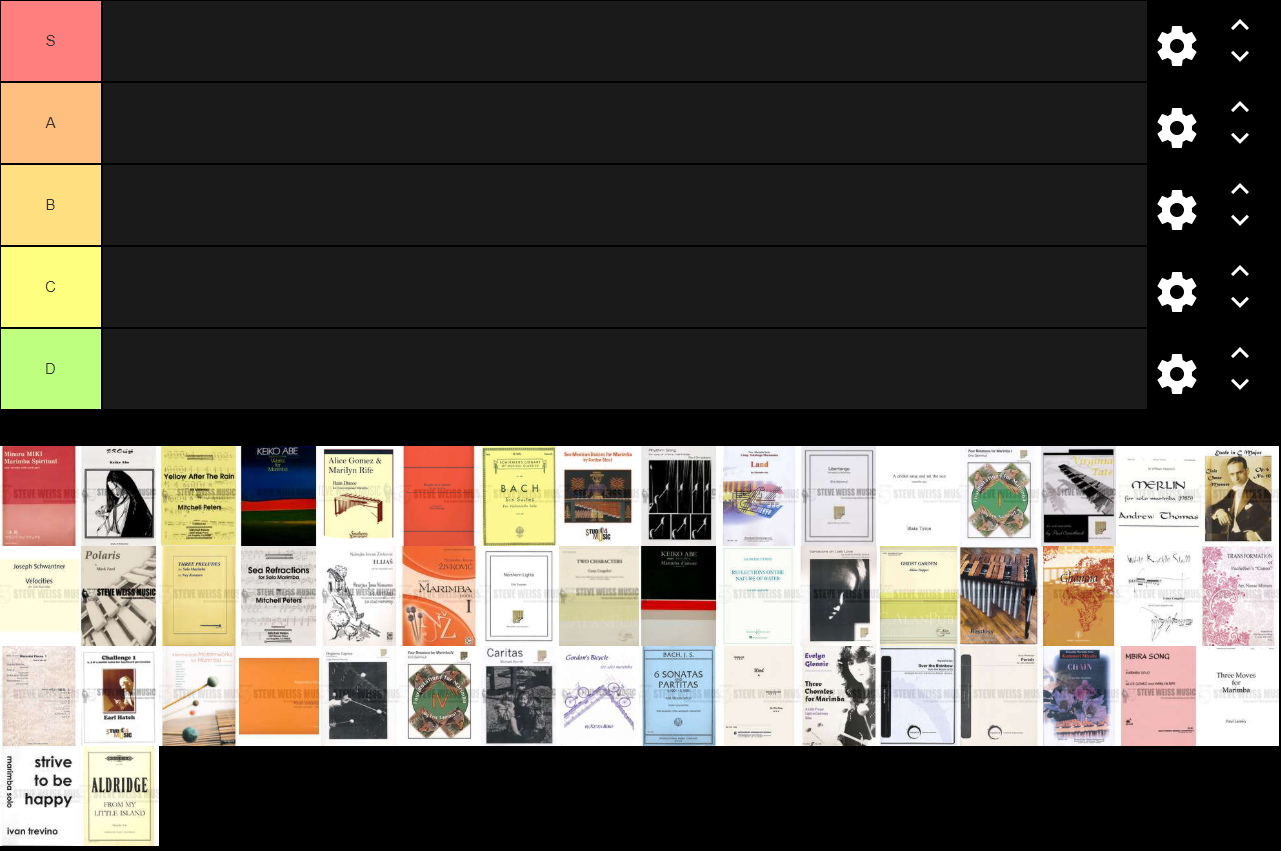

If you pick a style that syncs with your musical personality well, your strengths will be showcased during the audition. These are things to think about because you are going to be hearing yourself play these songs over the next few months, and you don’t want to end up hating the piece you picked. Do you prefer to listen to and play slow, soft songs or songs that are fast and loud?.Would you rather be able to interpret a flow for yourself based on what is written?.Do you prefer when songs have a steady rhythm?.Do you play songs well that have a long of dynamic changes or speed changes?.Think about the style of music you play best. The difficulty range you want to stay in to still be impressive but play well would be between 4-6, or A-B equivalent. Solos are usually ranked on a scale of difficulty, depending on the source you order the music from.įor some, they are ranked by number, from 1-10, and others (usually for district and state contest) are classified by letter with “A” being the greatest difficulty.Ī majority of the rankings by number are grade 6 or less. When choosing a piece, I have identified three things to look for: Difficulty Level A Cricket Sang and Set the Sun – Blake Tyson

Top 10 Marimba Solos for College Auditions.After playing them, I was asked to buzz roll on snare, sight-read a snare piece, sight-read a mallet piece, and play two scales of my choice on marimba. You may also need to sight-read and play scales.įor example, I brought two mallet pieces to an audition. However, if you decide to prepare two mallet solos, be ready to exhibit skill in snare rudiments as your examiners may ask for it on the spot. It would probably be best to prepare a mallet solo and a snare solo of some sort. While the outcome of the audition depends on your playing, it also depends on the pieces you choose.Ī great audition can determine the amount of money you receive to fund your education, which is why this is extremely important to consider.įor percussionists, at least, most colleges will ask you to bring two contrasting pieces. This season usually begins in late January/early February and ends by the middle of April. College music audition season is just around the corner, so if you have not already, it may be time to think about what you are going to prepare to wow the recruiters (most likely your future directors).


 0 kommentar(er)
0 kommentar(er)
